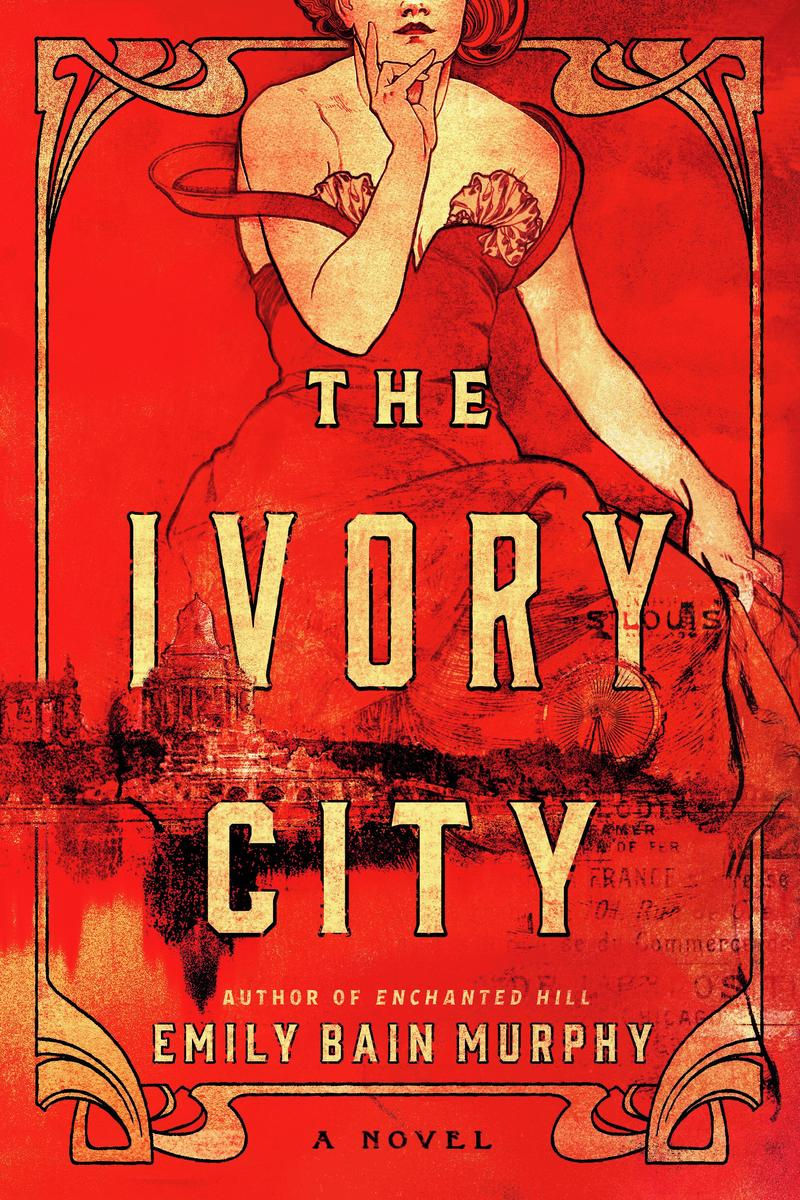"The Half Known Life" | Reviewed by Bill Schwab
- cstucky2

- Aug 8, 2023
- 3 min read
After traveling the globe for 12 years as the Dalai lama's biographer and observing how people worldwide search for meaning in their lives, Pico Iyer ponders where paradise can be found in our fractured world. “I'd begun to wonder what kind of paradise can ever be found in a world of unceasing conflict—and whether the very search for it might not simply aggravate our differences.”
In this book, this travel expert visits numerous sacred sites in an intercontinental search for an ideal, peaceful place. Iyer begins at the tranquil Iman Reza holy shrine in Mashhad, Iran. However, as he leaves there and travels throughout the “world's largest theocracy,” he finds this country is being violently torn between the ambitions of its religious rulers who want to return Iran to an earlier time and the desires of its people to create a 21st Century society. This first stop suggests to Iyer that there may be no completely peaceable place, but that conflict and paradise exist together.
In Jerusalem (translated as “the city of peace,”) Iyer encounters another “holy turbulence” of conflicting beliefs, yet Jerusalemites have learned to live with the turmoil.
As Iyer continues his travels to Ethiopia, India, and Japan, he discovers that paradise often intersects with conflict and he has to abandon his presumption of finding a purely serene paradise if he is to make sense of the real world he witnesses.
The author is unexpectedly shocked by the ethnic violence tearing apart the citizenry of Sri Lanka, despite finding the center of the island is an oasis of Buddhist calm, untouched by warfare. He comments, “It's so easy... to place Paradise in the past or future—anywhere but here,” His response to this juxtaposition is, “When Buddhists speak of Lotus in the mud they’re reminding us that the most beautiful of flowers has its roots in what we regard as muck and filth; it's only grit that makes the radiance possible.”
This is a beautifully written chronicle of the holy sites he visits. The rhythmical account of his inner spiritual journey is that of a curious traveler open to multiple ethnic experiences and multiple expressions of faith. He concludes the book back in the present where he finds that the values of kindness and gratitude are the only possibility of transcending “the half known life,” the life we know now, the other half being a mystery.
This traveler, philosopher, and author does not reach a definitive conclusion about paradise, but toward the end, he begins to accept that the search for paradise leads to a place within. “I decided that I would no longer seek out holy places in [a] city of temples, he writes. “I would just let life come to me in all its happy confusion and find the holiness in that.” In this perceptive and personal work, he brings together the outer world and the inner world to offer a sage suggestion of how readers also might experience paradise in a divided and distracted world.
About the Author: Pico Iyer has been an itinerant cultural critic for almost 50 years. He is the author of more than a dozen books including “The Art of Stillness” which has been translated into 23 languages. His journalism has appeared in more than 250 periodicals worldwide and his TED talks have been viewed more than 11 million times.

.png)





Comments